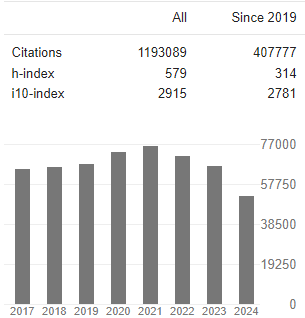Massive Bilateral Pleural Effusion Due to Amlodipine Intoxication: Case Report
Abstract
Elnaz Vafadar Moradi, Morteza Talebi Doluee, Seyed Mohammad Mousavi and Seyed Reza Ahmadi Koupaei
One of the rare but serious side effects of amlodipine is pleural effusion, which is the accumulation of fluid in the space between the lungs and chest wall. This condition can cause difficulty breathing, chest pain, coughing, and fatigue. In severe cases, it can lead to respiratory failure and death. A 19-years-old woman admitted in our Emergency department with generalized weakness after ingestion of 40-tablets of Amlodipine5mg to suicide about three hours ago. Her vital signs was stable at admission; on the second day, she complained of dyspnea, Chest Computed Tomography revealed massive bilateral pleural effusion. An echocardiogram showed normal left ventricular ejection fraction (55%), no regional wall motion akinesia, and normal right ventricular size. She was followed for possible hypoglycaemia, there was no need for Glucagon administration during the treatment. Liver function test and metabolic panel revealed normal during hospitalization. The transudate PE was completely resolved after 8- days, and she discharged home after remove the chest tubes. As we review reports on amlodipine intoxication, hypotension was a common finding in all cases, but few cases report pleural effusion and there wasn’t any report for bilateral pleural effusion despite normal cardiac activity. Our patients was only 19-years-old without past medical history of disease and bilateral pleural effusion as a presentation of amlodipine intoxication in this situation seems rare.





